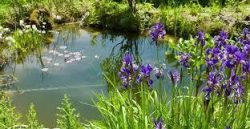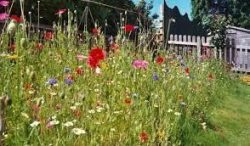Caring for the wildlife that we are fortunate to share the world with is important, and in the UK there is a lot that you can do in the garden to help. Many species are under threat and declining in numbers in the UK, but our gardens can be places that provide food and refuge to help to encourage these creatures to survive and thrive. From insects to birds, to mammals, there are many things that you can do in the garden to help.
As spring is in the air now and we are soon to see the back of the worst of the winter weather, nature begins to wake up, and we like to get out and work on our gardens. When you are doing this, bear in mind the things that can be done to provide for the many creatures that will be waking up this spring and seeking a habitat. Here are some suggestions for your wildlife garden this spring…
Build a Pond – A pond is a fantastic place for wildlife. It is also something that will make your garden a haven of peace. Building a pond is easy, and it doesn’t have to be large. Even a very small pond will add interest to your garden and attract creatures like frogs and newts. There are lots of handy guides online that will show you how to build the perfect pond – then all you have to do is sit back and enjoy it on those warm summer days!
Create a Wildflower Area – Wildflowers are important for butterflies and bees. Bees are pollinators and an essential part of the ecosystem, yet they are declining in numbers. Support them by having many bee friendly plants in your wild flower area. Somewhere like this plants for trade Kent based supplier Palmstead will be able to provide you with plenty of plants for your wild garden. Remember, this doesn’t have to be a large area. Let it grow and refrain from trimming it to provide a wonderful habitat for butterflies and slow worms, as well as bees.
Provide Nest Boxes – As spring arrives, the bird world becomes a frenzy of activity. Their efforts now will ensure the survival of the species and many garden birds will be in action, finding a mate and building nests to rear their young from. Put up nest boxes in your garden in high up areas that are not able to be accessed by predators like cats. Also make sure that the nest box is not facing full midday sun. A shady spot works well. If you want to see the action inside the nest box as the eggs hatch and the chicks grow, get a nest box with a camera so that you can watch the goings on up close without disturbing the birds.


